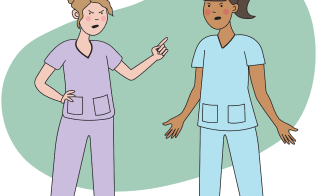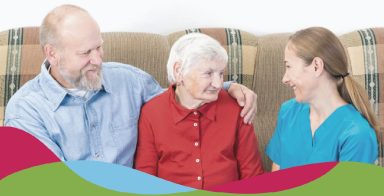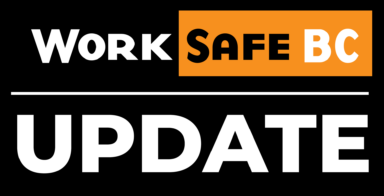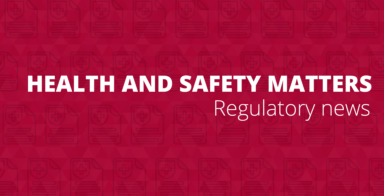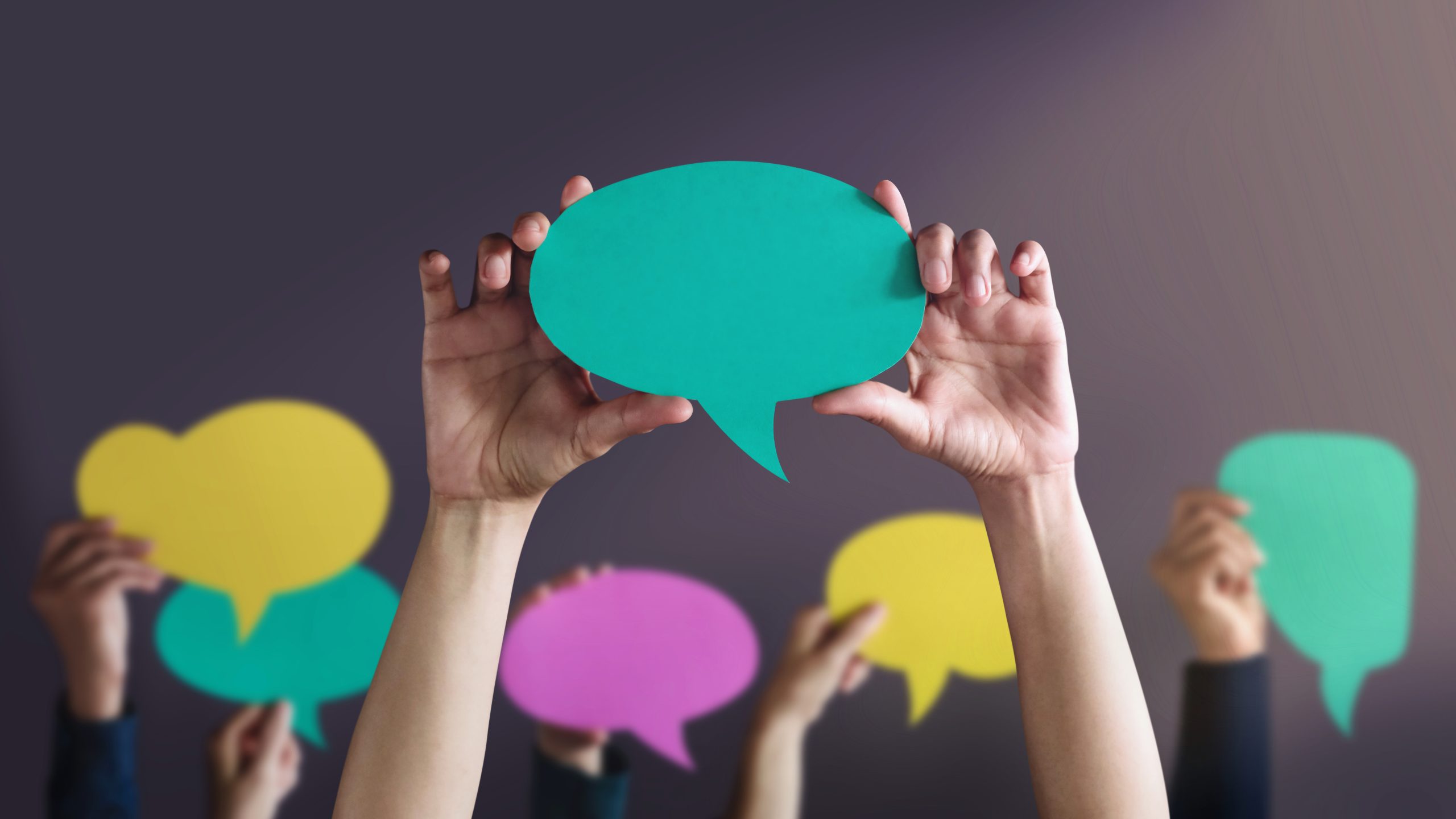What is non-verbal communication?
What we say matters—but what we don’t say often speaks louder.
Non-verbal communication—things like body language, facial expressions, and tone of voice—can have a large impact on how a message is understood. Statistics suggest that only 7% of communication occurs from our chosen words.
Here’s an all too familiar example: Imagine you’ve sent your colleague a text message explaining something at work. Their response? A simple “Ok.”
You might think they’re uninterested or even dismissive. It may affect how you feel about them. But without the benefit of non-verbal communication, the full meaning behind a message can be lost.
Communicating effectively
Understanding the importance of non-verbal communication helps us become better communicators.
If we fail to recognize our non-verbal cues, we may unintentionally impact how our message is interpreted.
Telling our colleagues they “did a great job” may come across as insincere if we are crossing our arms and avoiding eye contact while speaking.
That same message becomes much more effective if we say it with a smile while maintaining eye contact.
Strategies for non-verbal communication in the workplace
Healthy non-verbal communication is key to fostering a respectful workplace and supporting clear, effective communication.
- Remember, the meaning of some non-verbal communication can vary from culture to culture. Understanding these differences can help build trust and avoid misinterpretation.
- Avoid jumping to conclusions based on a single incident. Instead, consider a person's pattern of behaviours and be mindful of your biases to get a more accurate understanding.
- Consider offering or participating in education and training on effective communication and cultural awareness.
- Reflect on your learnings from the Provincial violence prevention curriculum:
- Relax your facial expression.
- Use respectful eye contact.
- Use the ready posture approach.
- Touch with caution—–including a person’s belongings (ask for permission).
Reflection
Pick one interaction today (with a resident, client, or coworker). Pay close attention to the person’s non-verbal cues. What do you notice about their posture, facial expression, and tone? Then reflect—what was your non-verbal communication like at that moment?

